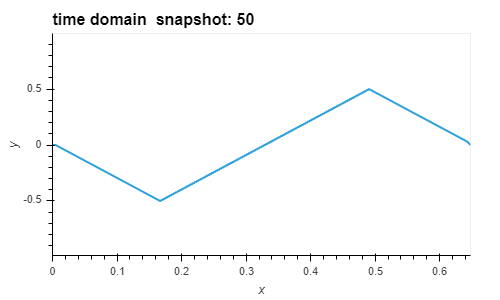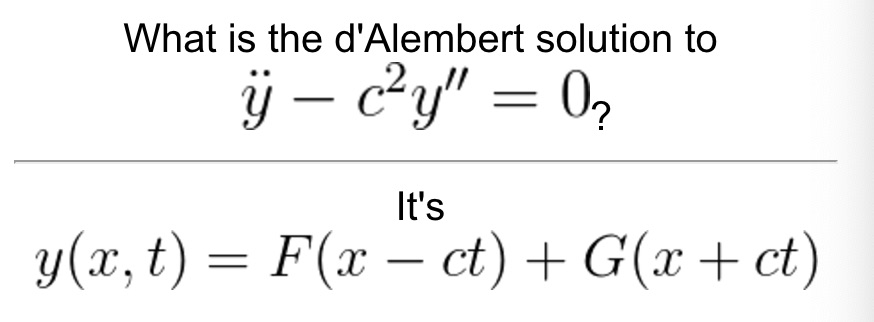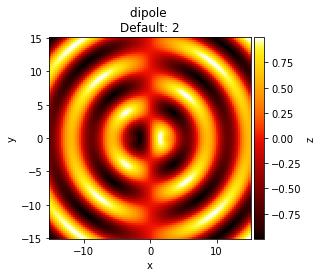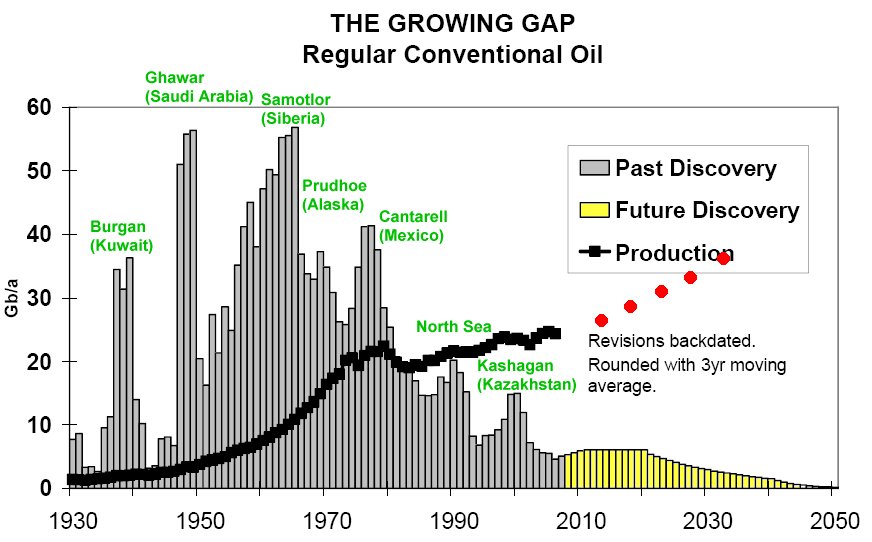Testing the human random number generator algorithm
In this short article, we examine if the algorithm for random number generation with human input proposed by another blogger works as advertised.
In this short article, we examine if the algorithm for random number generation with human input proposed by another blogger works as advertised.

In this blog post, we will look at the tensioned string equation and solve it using two different mathematical methods, both widely used in the industry: a time-domain finite differences as well as a frequency-domain modal solution.
In this blog post, I use the Anki API to script my Anki flashcards database and extract a list of Japanese vocabulary words associated to the kanji I have learned.

I recently finished a MOOC called Fundamentals of waves and vibrations, from Ecole Polytechnique. It was the first time I combined a MOOC with Anki, a well-known flashcard applications. In this post, I'll try to say what I liked about this experience, as well as about the course.
In this post, we examine standing waves as well as propagation in dispersive media using harmonic waves.

In this post, we animate well known sound sources: monopole, dipole and quadrupole.

Un petit outil de génération de mot de passe inspiré d'XKCD et adapté à la langue française.

In this blog post, we're using data from Wikipedia to reason about the world oil reserves. We then apply the Hubbert model to predict world oil dynamics (in a very unaccurate way!).
Since I'm now learning photography, I've been reading and researching optics foundations. In this post, I'll do a bit of computations and ray tracing for a spherical lens.
In this blog post, we tackle the training problem for the 2018 Hashcode programming competition, which is about cutting pizza. We implement a solution using a greedy algorithm and optimize it to run fast using Pythran.